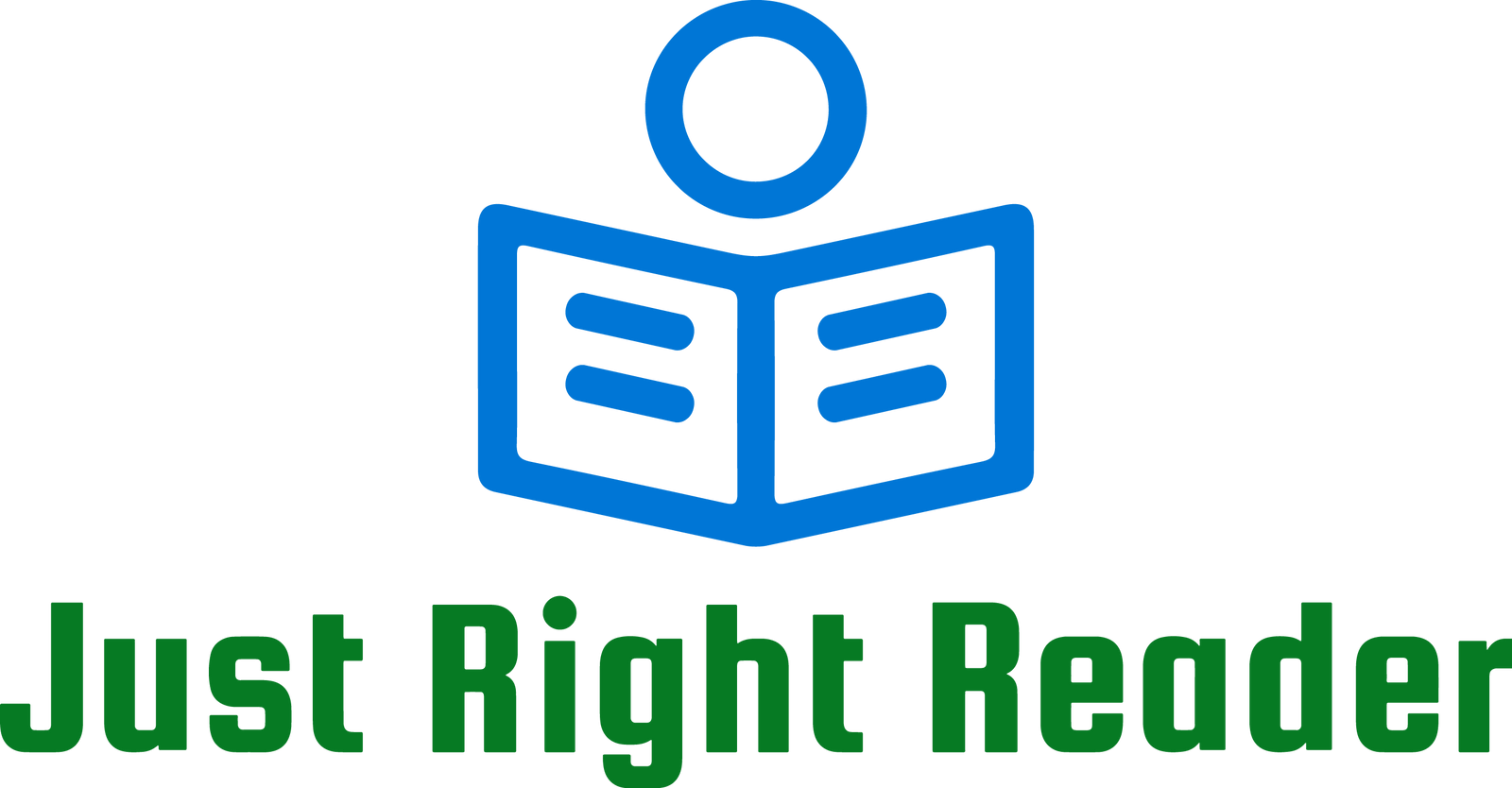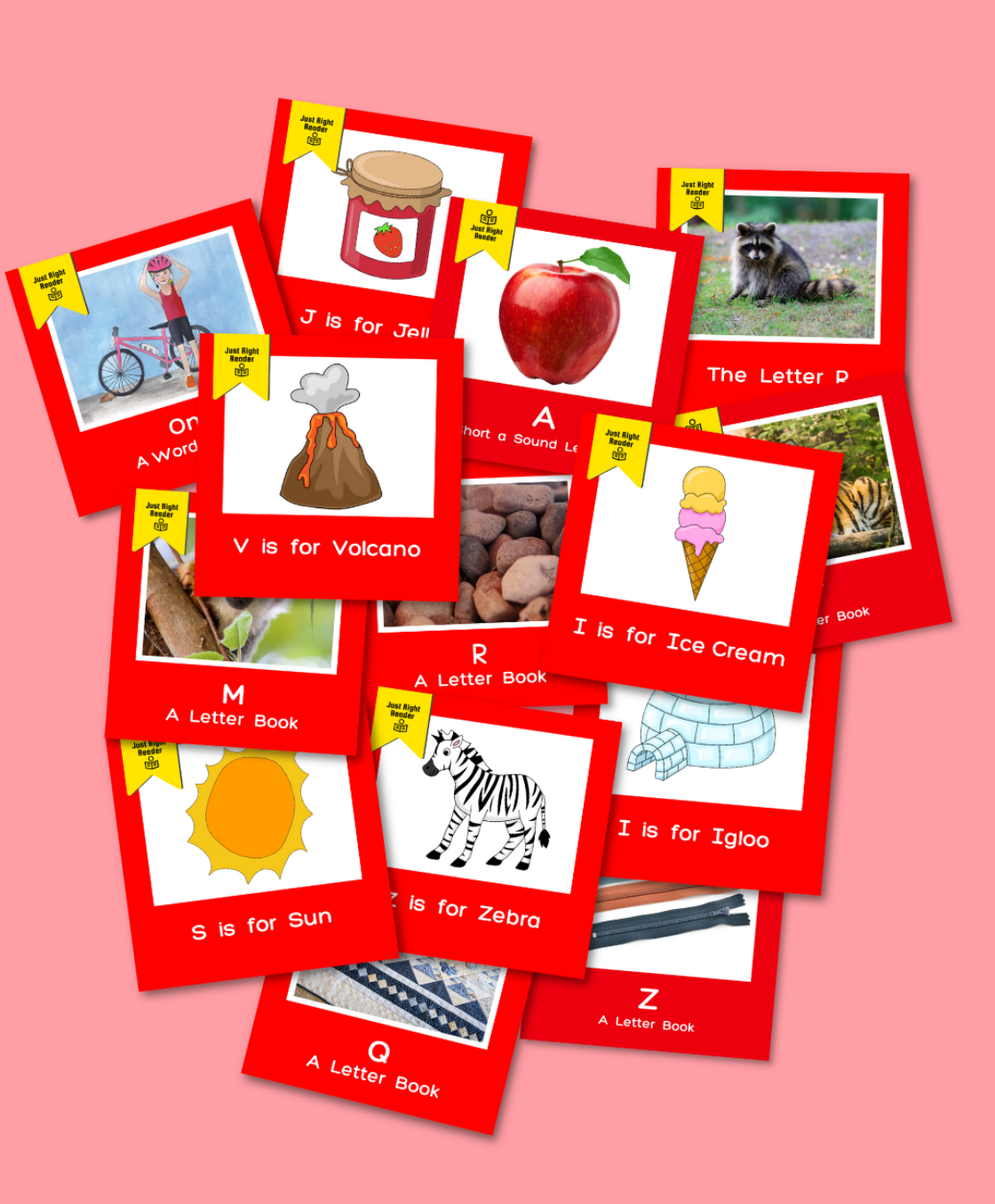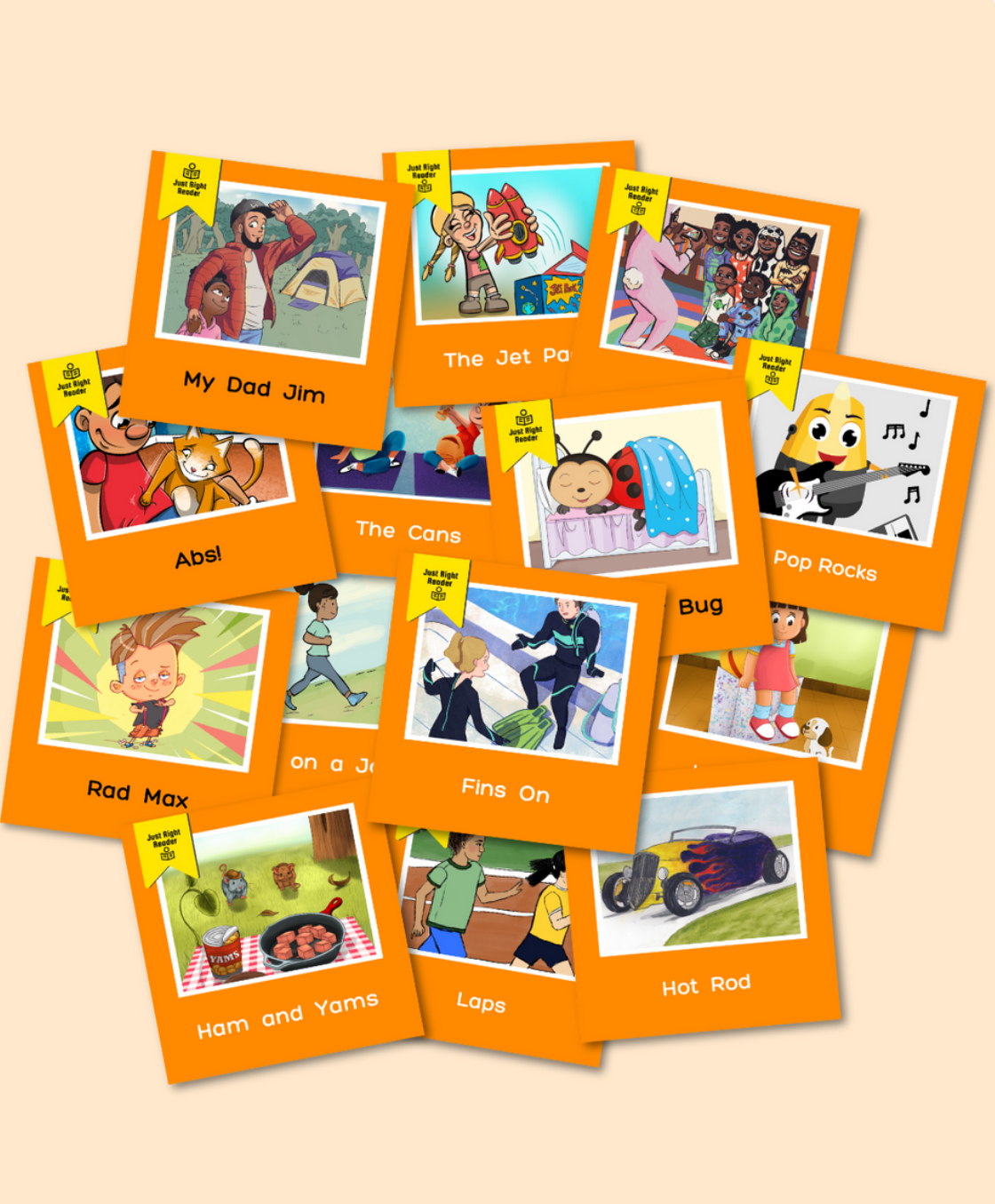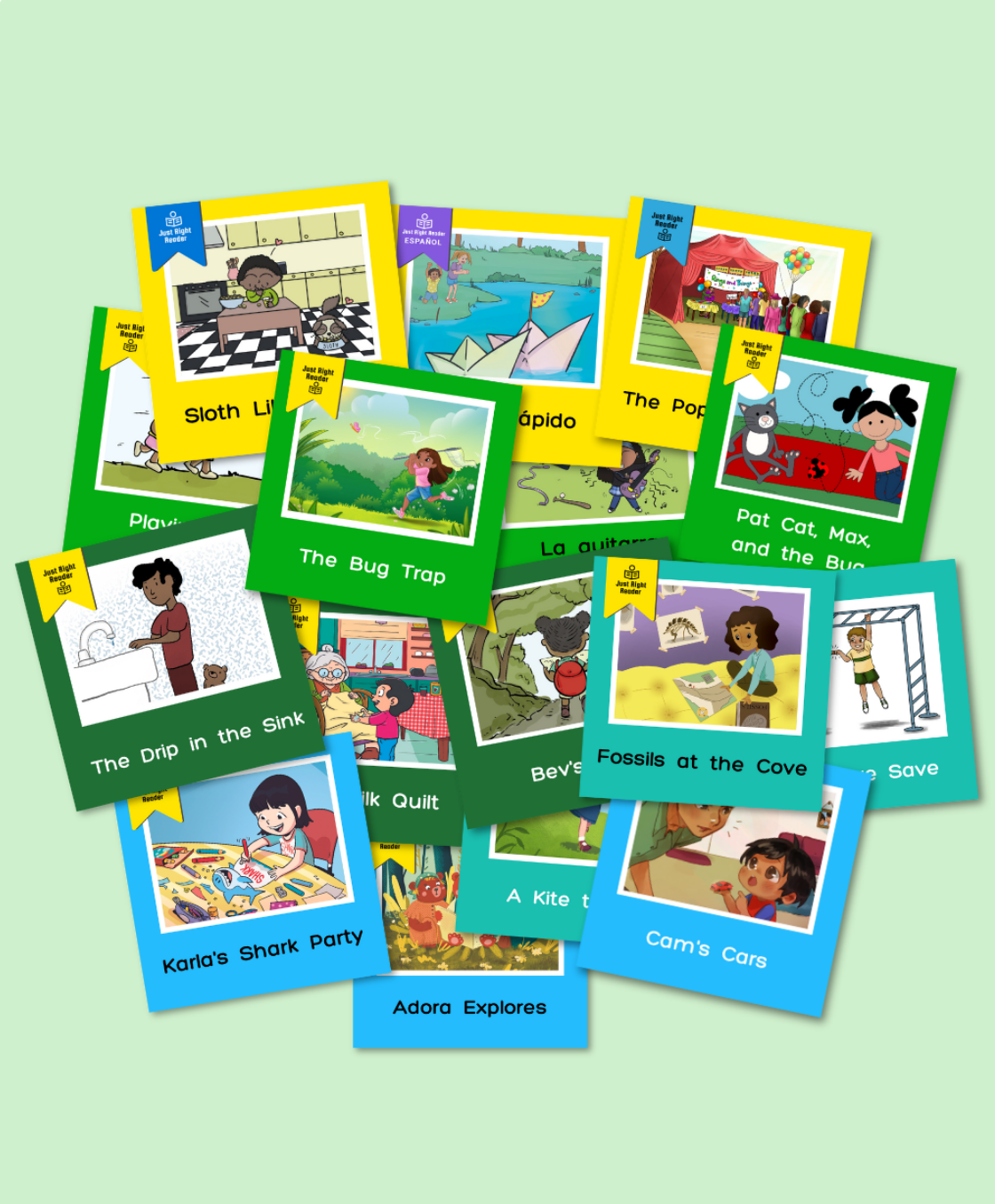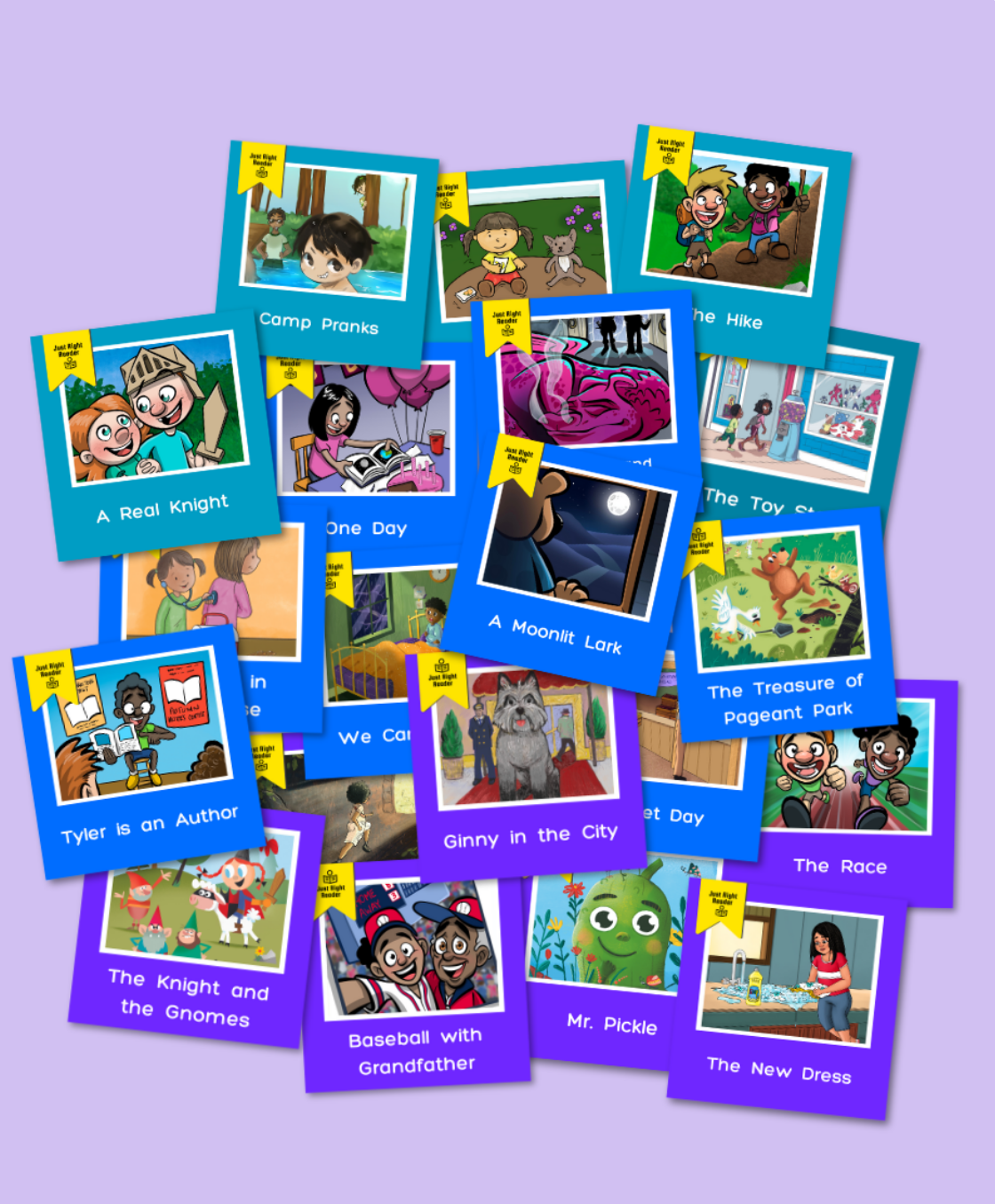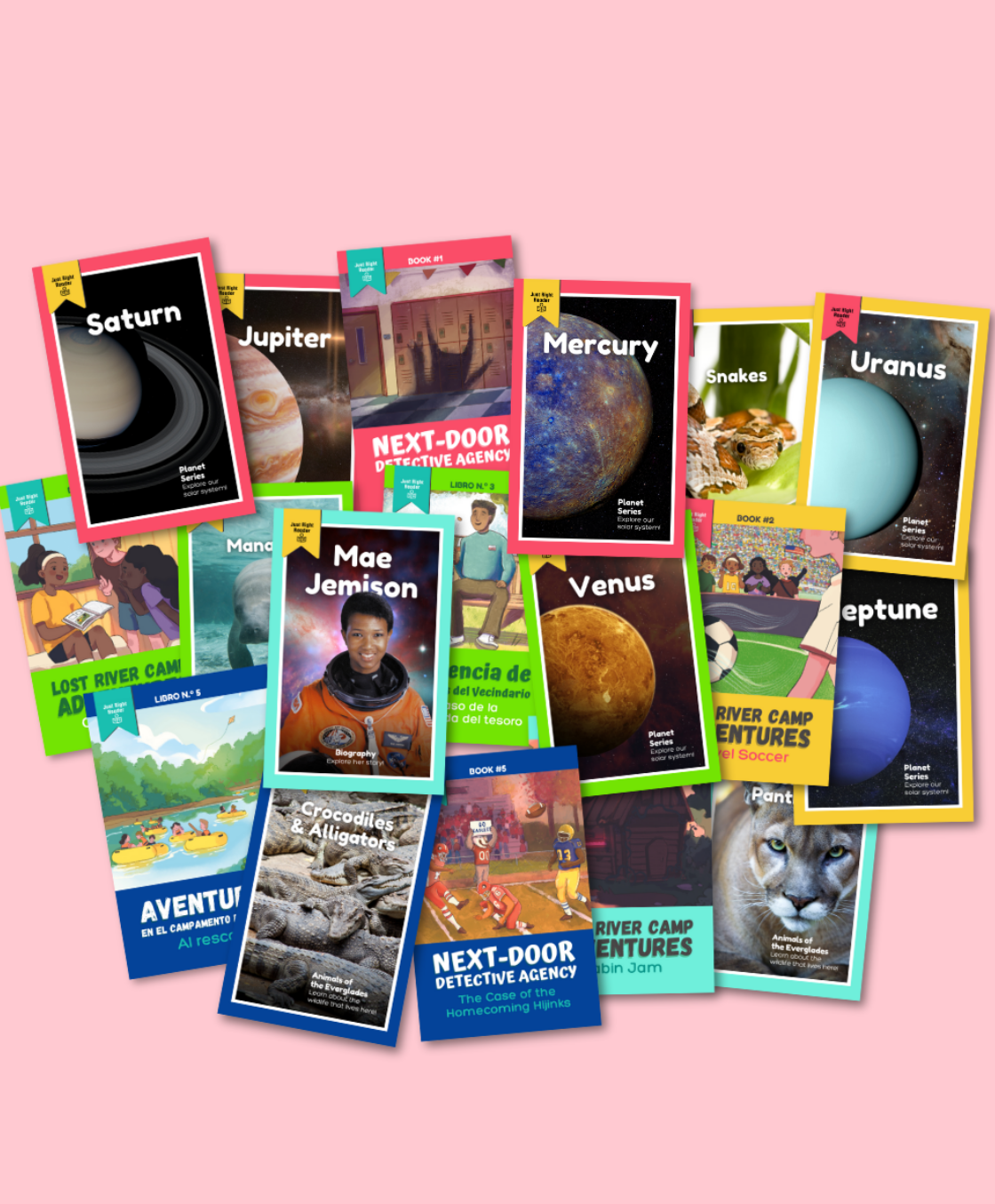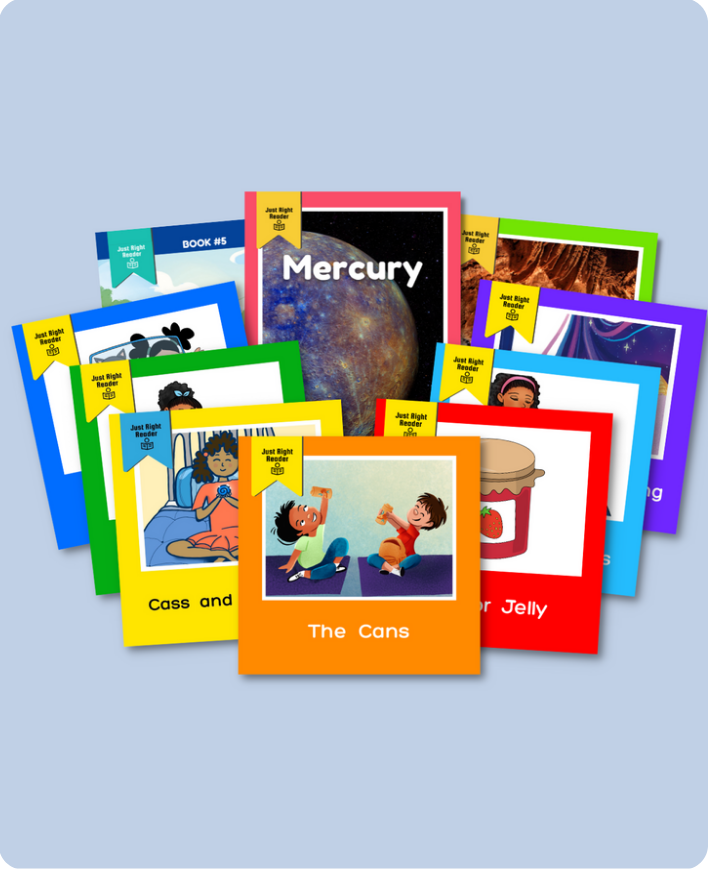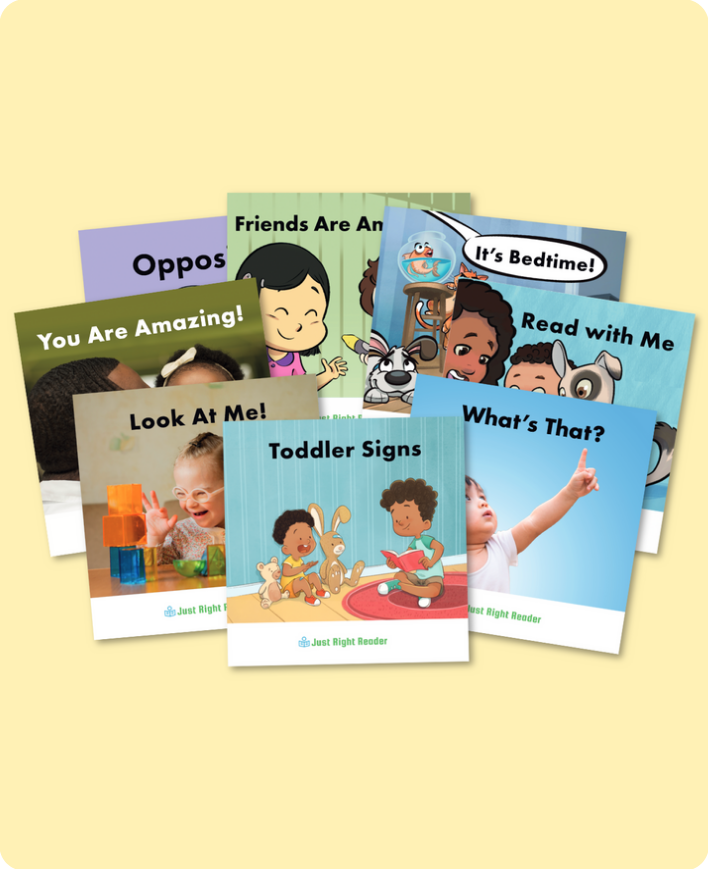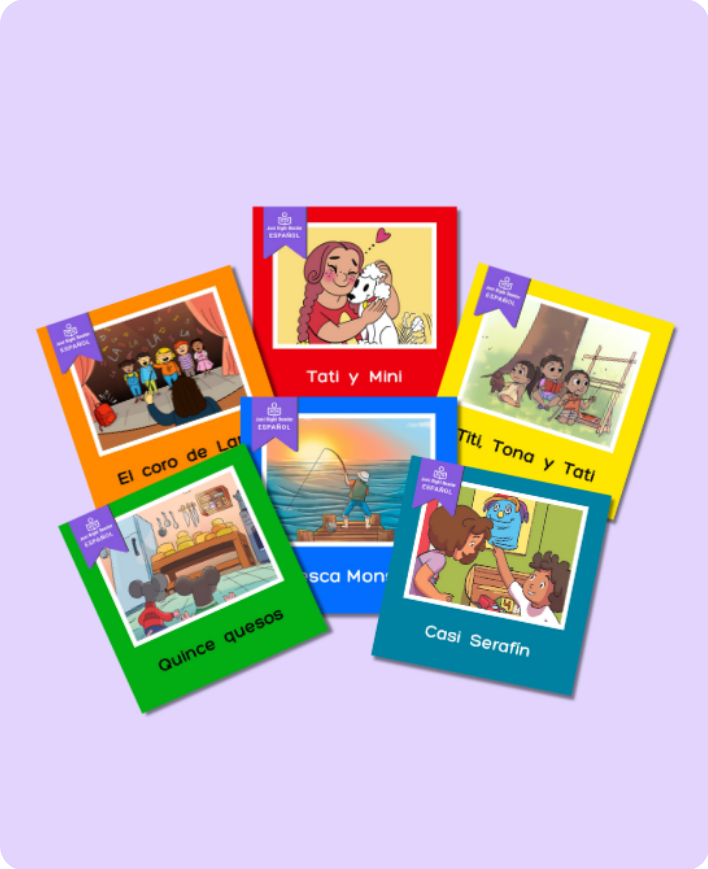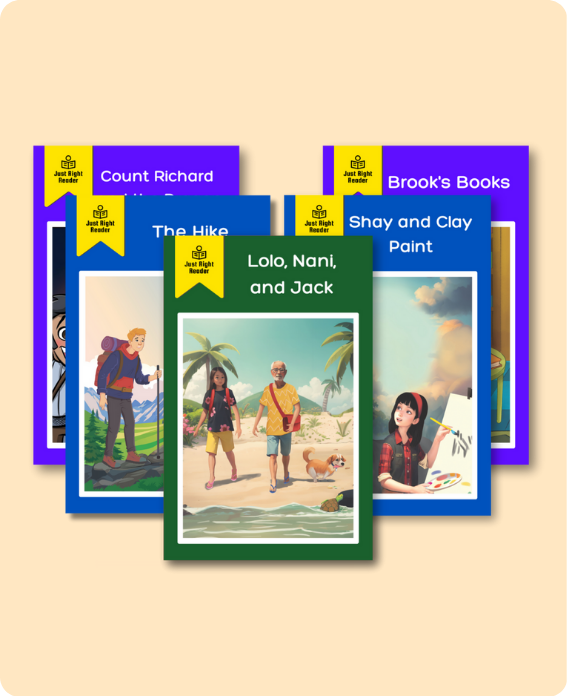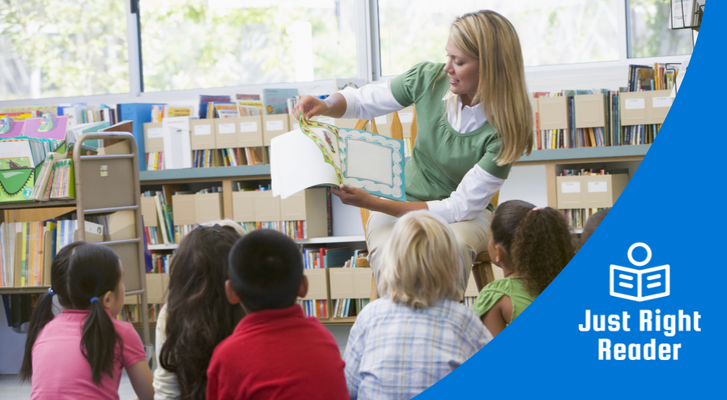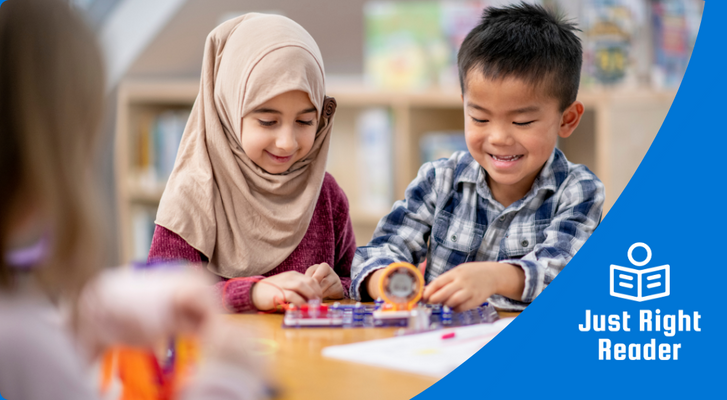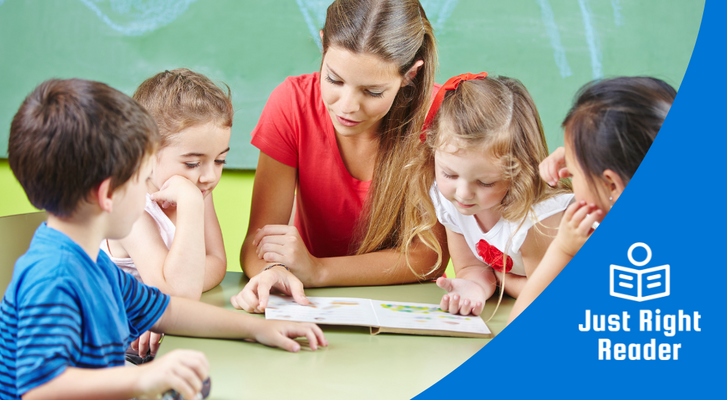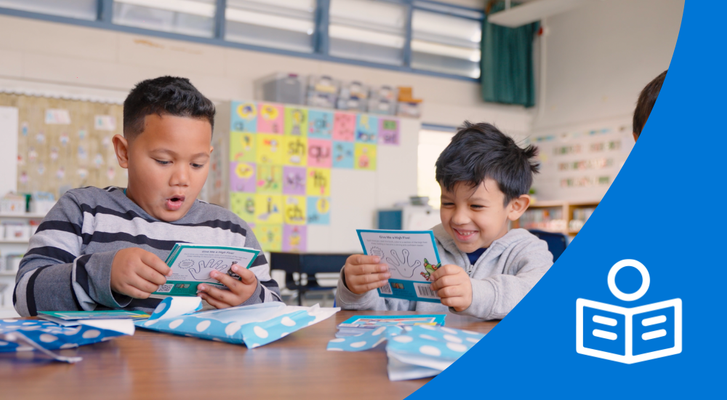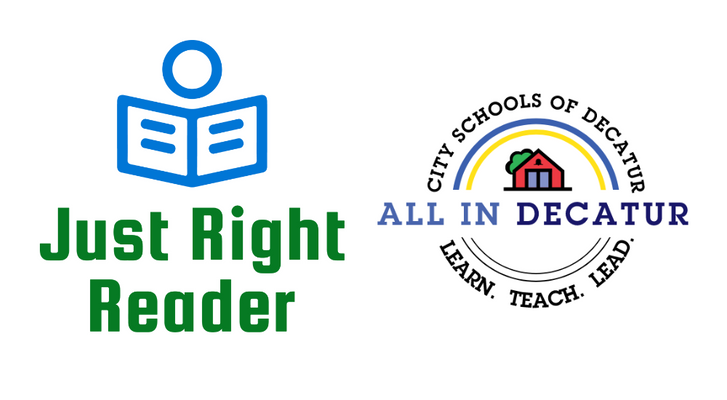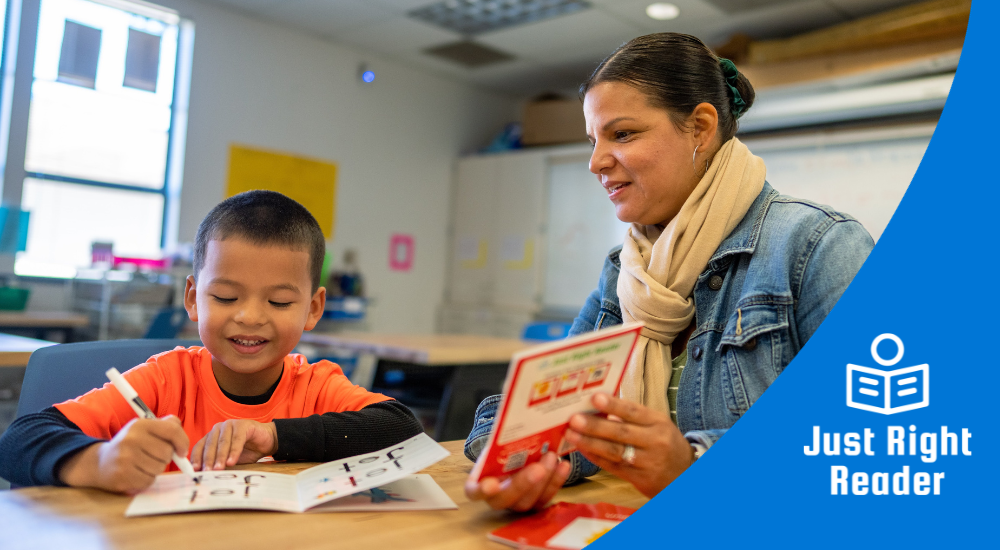
What is the Science of Reading?
The Science of Reading is just that – the actual science behind how students learn to read. This body of scientifically based research studies conducted over several decades aims to understand how students learn to read and identify the best practices for effective instruction.
The NWEA explains it simply: “The science of reading is the converging evidence of what matters and what works in literacy instruction (Jiban, 2022).”
Two frameworks based on science help us understand how students become proficient readers. Educators use these frameworks to guide literacy instruction and assessments.
The Simple View of Reading
The Simple View of Reading is the framework that defines the two skills that contribute to early reading comprehension (Gough & Tunmer, 1986).
Students must be proficient in word recognition and language comprehension to understand what they read.
Let's look at a key component of word recognition: decoding. Students learn how sounds (phonemes) connect to written letters (graphemes) to form letter-sound relationships and spelling patterns. This skill allows them to turn words into their correct sounds. Phonological decoding is the most reliable guide to word recognition (Scarborough, H.S., 2021).
So, how do we help students develop the skills they need to decode? Through systematic and explicit phonics instruction and decodable books such as Just Right Reader Science of Reading Decodables.
Dr. D. Ray Ruetzel, Senior Research Fellow at the Center for the School of the Future, explained in a Just Right Reader Science of Reading Symposium that decodable books are magical because they give students a different kind of practice. They reinforce the instruction in the classroom by providing opportunities to practice decoding skills in a structured yet authentic and meaningful way.
Decodables are also important because they allow readers to experience the joy that occurs when they decode a word themselves for the first time (Messmer, 2023).
Scarborough's Reading Rope
Dr. Hollis Scarborough created this metaphorical rope to capture the complexity of learning to read. It expands upon the language comprehension and word recognition skills needed for reading comprehension.
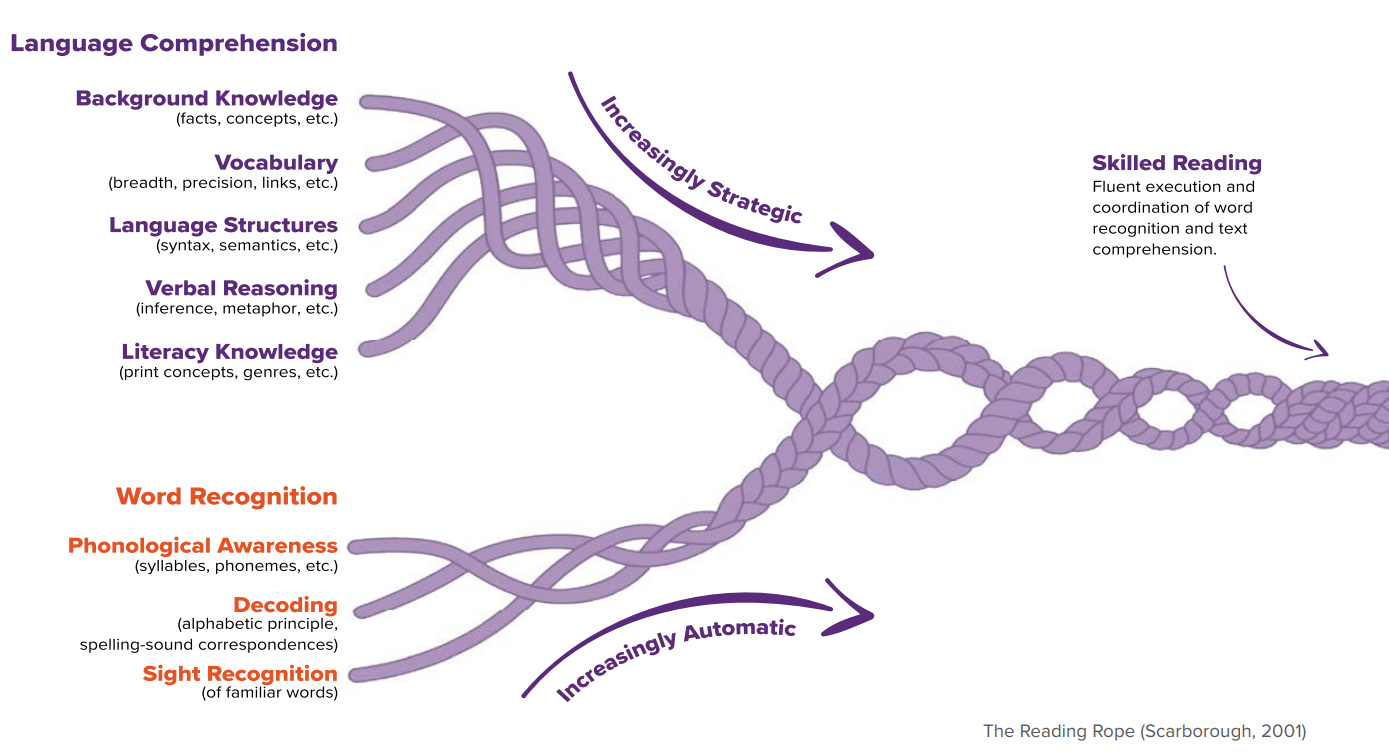
(Image source: The Reading League, 2022)
While we focused on word recognition earlier in this blog post, developing language comprehension is just as crucial for reading comprehension because it allows students to make meaning of the words and sentences they encounter.
Enhancing word recognition through the use of decodable books also lays the groundwork for improving language comprehension.
When students read decodables, they are:
- Reinforcing literacy knowledge
- Strengthening phonological awareness
- Practicing decoding skills
- Developing sight word recognition
- Understanding syntax (the ways words and phrases fit together to form sentences)
- Understanding semantics (the meanings of words in a sentence)
- Building background knowledge
- Learning new vocabulary
What are the key pillars of the Science of Reading?
If the ultimate goal is for students to comprehend what they read, how can we leverage this research and frameworks to accomplish that? In 2000, the National Reading Panel identified five core areas of reading essential for effective literacy instruction.
Educators support developing readers by honing in on these core areas of reading to guide their literacy instruction and assessments.
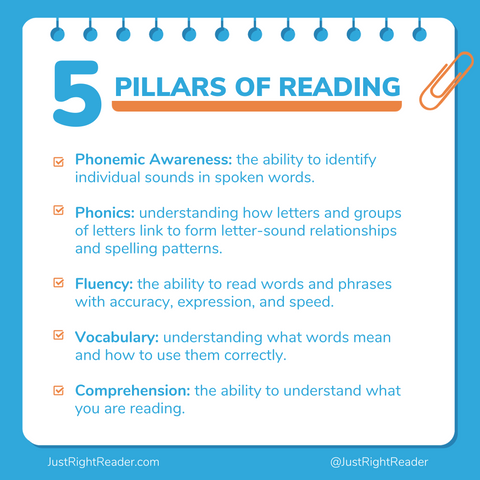
Phonemic Awareness
Phonemic awareness is the ability to hear, identify, and manipulate individual sounds (phonemes) in spoken language. This skill forms the foundation of reading.
Phonics
Phonics involves connecting sounds (phonemes) to written symbols (letters) and understanding the relationships between them.
Vocabulary
Vocabulary skills include knowing what words mean and how to use them in their correct context. A robust vocabulary is essential for comprehension and fluency.
Fluency
Fluency is the ability to read with speed, accuracy, and expression. Fluent readers can focus more on understanding the text.
Comprehension
Reading comprehension involves understanding, interpreting, and making sense of text.
Learn all about decodable books!
Now that you understand the importance of Science of Reading research, explore how Science of Reading decodable books can boost reading proficiency while providing students with authentic reading experiences.
Our blog post covers everything you need to know about decodable books, from what they are to how to use them. Click here to learn more about decodables.
References
Dr. Baker, Doris, Professor of Education at University of Texas at Austin
Symposium on Unlocking Literacy for Bilingual Learners, Oct. 13, 2023
Gough, P.B. & Tunmer, W.E. (1986). Decoding, reading, and reading disability.Remedial and Special Education, 7, 6-10.
Jiban, C. (2022, January 25).The Science of Reading Explained. NWEA. https://www.nwea.org/blog/2022/the-science-of-reading-explained/
Messmer, Heidi, Professor of Literacy Education at Virginia Tech
Interview with Just Right Reader, 2023.
Dr. Ruetzel, Ray. Senior Research Fellow at The Center for The School of the Future
Symposium on The Science Behind Early Reading Acquisition, June 20, 2023
The Reading League. Science of Reading: Defining Guide.https://www.thereadingleague.org/what-is-thescience-of-reading/
Scarborough, H. S. (2001). Connecting early language and literacy to later reading (dis)abilities: Evidence, theory, and practice. In S. Neuman & D. Dickinson (Eds.), Handbook for research in early literacy. New York: Guilford Press.
